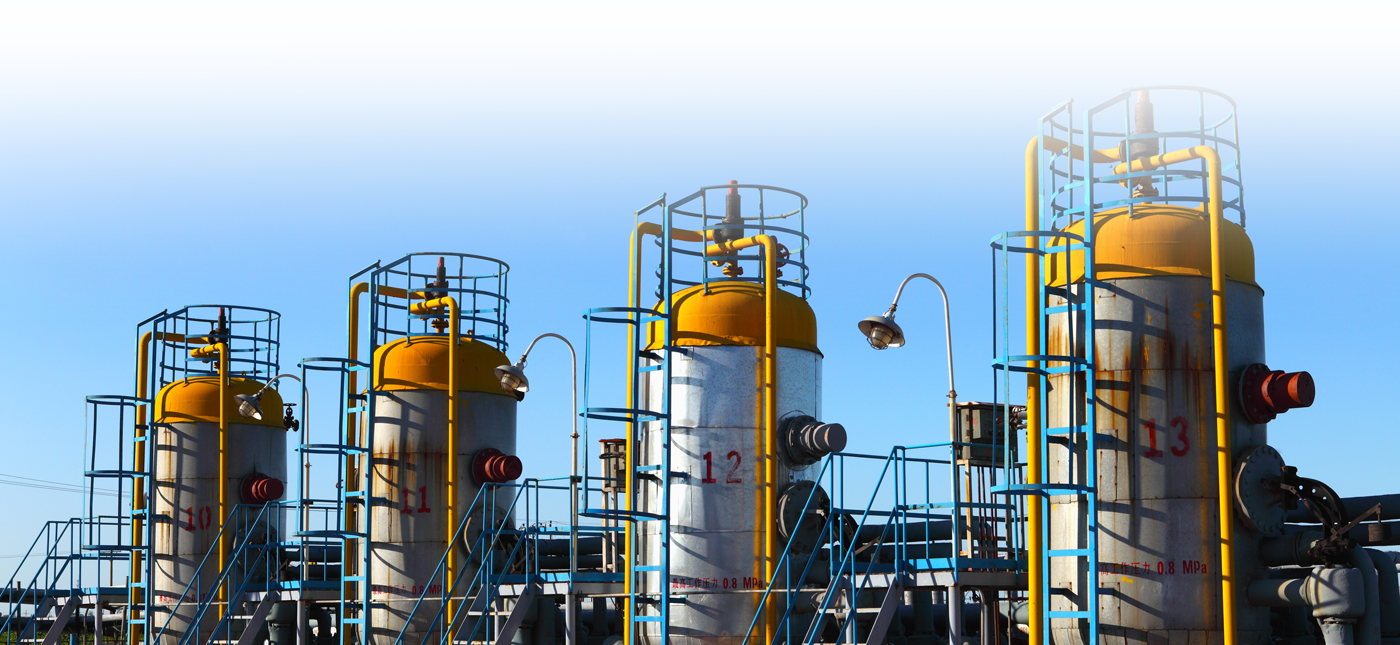Pump Vibration
Vibration and Noise in Pumps
Paper No. 80
F. R. Szenasi, Centrifugal Pumps, Design & Application, Gulf Publishing Co., 2nd Ed., Ch. 18, 1992, pp. 422-494.
Although a certain amount of noise is to be expected from centrifugal pumps and their drivers, unusually high noise levels (in excess of 100 dB) or particularly high frequencies (whine or squeal) can be an early indicator of potential mechanical failures or vibration problems in centrifugal pumps. The purpose of this chapter is to concentrate on the mechanisms that may produce noise as a by-product; however, reduction of the noise, per se, is not the main concern. The main point of interest of this chapter is to study the mechanisms and their effect on the reliability of the pump system. Methods will be presented to reduce the vibration (and noise) or eliminate the basic causes by modifying the pump or piping system.
The occurrence of significant noise levels indicates that sufficient energy exists to be a potential cause of vibrations and possible damage to the pump or piping. Defining the source and cause of the noise is the first step in determining whether noise is normal or whether problems may exist. Noise in pumping systems can be generated by the mechanical motion of pump components and by the liquid motion in the pump and piping systems. Noise from internal mechanical and liquid sources can be transmitted to the environment.
Effective diagnosis and treatment of noise sources to control pump noise require a knowledge of the liquid and mechanical noise-generation mechanisms and common noise conduction paths by which noise can be transmitted. If noise itself is the major concern, it can be controlled by acoustic enclosures or other treatments.
Download PDF
